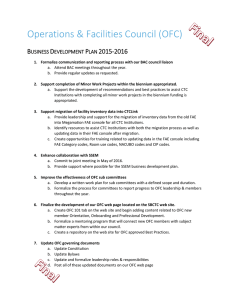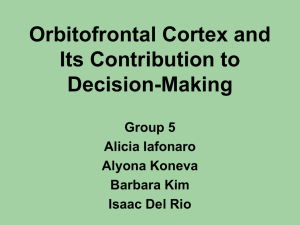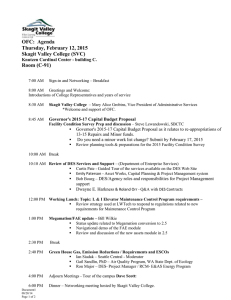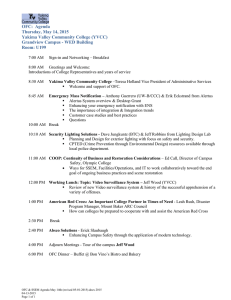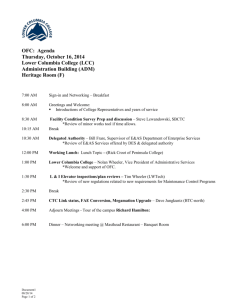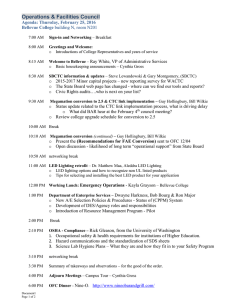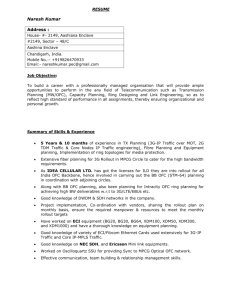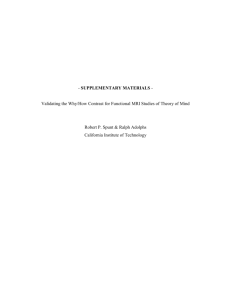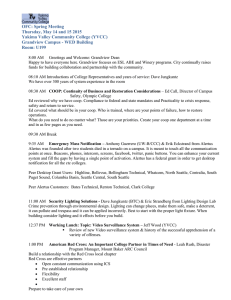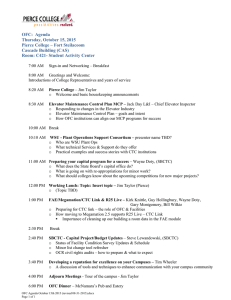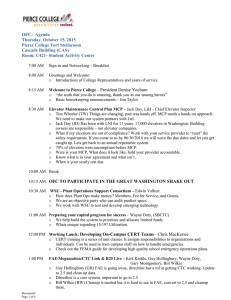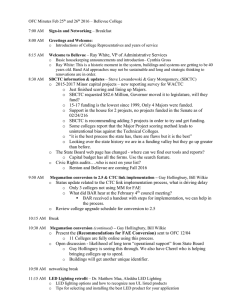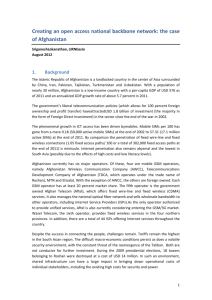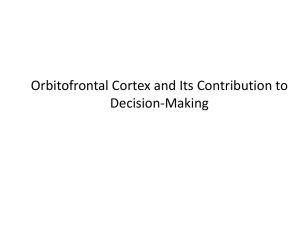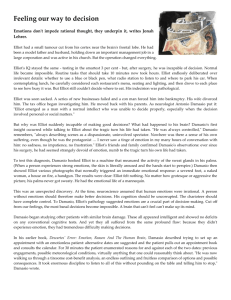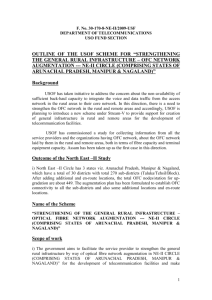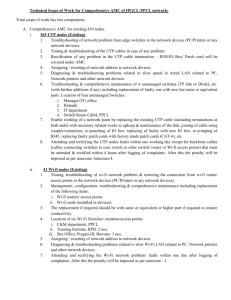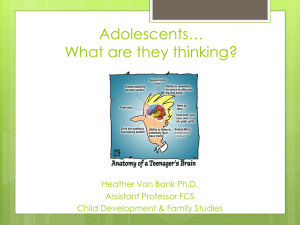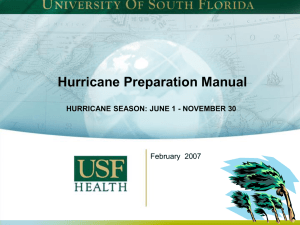Orbitofrontal Cortex and Its Contribution to Decision
advertisement
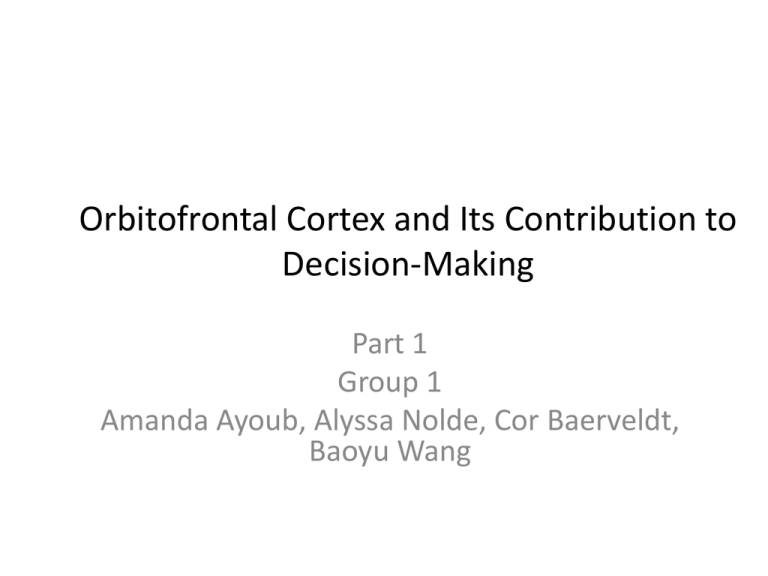
Orbitofrontal Cortex and Its Contribution to Decision-Making Part 1 Group 1 Amanda Ayoub, Alyssa Nolde, Cor Baerveldt, Baoyu Wang •Structural Anatomy of the OFC Part of the PFC and occupies the ventral region of the frontal lobe The OFC integrates sensory and other sources of information to calculate a reward. It controls a persons decision making Has 5 architectonic sub-regions 47/12, 10, 11, 13, and 14 The 47/12 region receives highly processed visual and auditory information. The 13 region acts as a bridge between the lateral and medial layers of the brain. Primary olfactory and gustatory cortex project to this region. The 11 region is involved in planning, reasoning, and decision making. Connections in the OFC OFC connections are compatible with a structure that integrates sensory and reward information. Three prominent features: 1. Frontal cortex receives information from all sensory modalities - Area 47/12 processes visual information (from inferior temporal cortex), audio information, somatosensory input (from secondary somatosensory cortex,) and inputs from polysensory areas (like superior temporal cortex) 2. OFC has only weak motor connections, some exist between - 47/12 and supplementary eye fields Area 13 and ventral premotor cortex PFC connects with cingulate motor area Dorsal and later PFC connect with premotor cortex 3. OFC extensively connects with areas of the limbic system - Including the amygdala, cingulate gyrus, and the hippocampus - Influences the autonomic nervous system through the hypothalamus and other brainstem structures Damage to the OFC Story of Elliot Elliot was diagnosed with a brain tumor and had it successfully removed. The surgery left him with bilateral damage to his OFC. Neuropsychologist ran test on Elliot but found no evidence of brain damage. - Tested intelligence, memory, reading and writing comprehension, verbal fluency, visuospatial abilities, and facial recognition; also ran test designed specifically for frontal lobe processes, such as working memory, rule switching, and cognitive estimation did NOT show any deficits Although Elliot did not show any brain damage in the areas listed above, he was affected by the damage in his OFC: Life Before the surgery -Excelled in college -Rose through the ranks of his career -Happily married -Seen as a role model and natural leader Life After the surgery -Devoiced his wife - Quit his job and trouble holding a job -Lost his money to a scam artist -Lost contact with friends and family -Remarried a prostitute and divorced Damage to the OFC leaves our cognitive abilities intact, but demolishes our ability to make decision in everyday life. Two underlying theories: Stimulus-Reward Learning and Flexible Behavior • Monkey and Man: • Research paradigm: Reverse contingencies • It’s all logical inference: • • Inability to reverse stimulus-reward associations unable to modify his/her behavior in response to negative feedback • My understanding: • • All behaviors shaped was kept as a temporal nerve tract in the brain OFC is the eraser Two underlying theories: Somatic Marker Hypothesis • Core idea: • • Bodily states (somatic markers) corresponding to the emotions produced while evaluating different courses of action help to facilitate normal decisionmaking. Somatic markers are associations between reinforcing stimuli that induce an associated physiological affective state. These somatic-marker associations can reoccur during decision-making and bias our cognitive processing (e.g., a burnt child dreads the fire). • Underlying assumption: • James-Lange theory of emotions: Behaviors first, then the emotion • Explanations for Deficits of Decision-making • • • Iowa gambling task “Shuffled” version of the gambling task Stimulus-reward reversals stud
